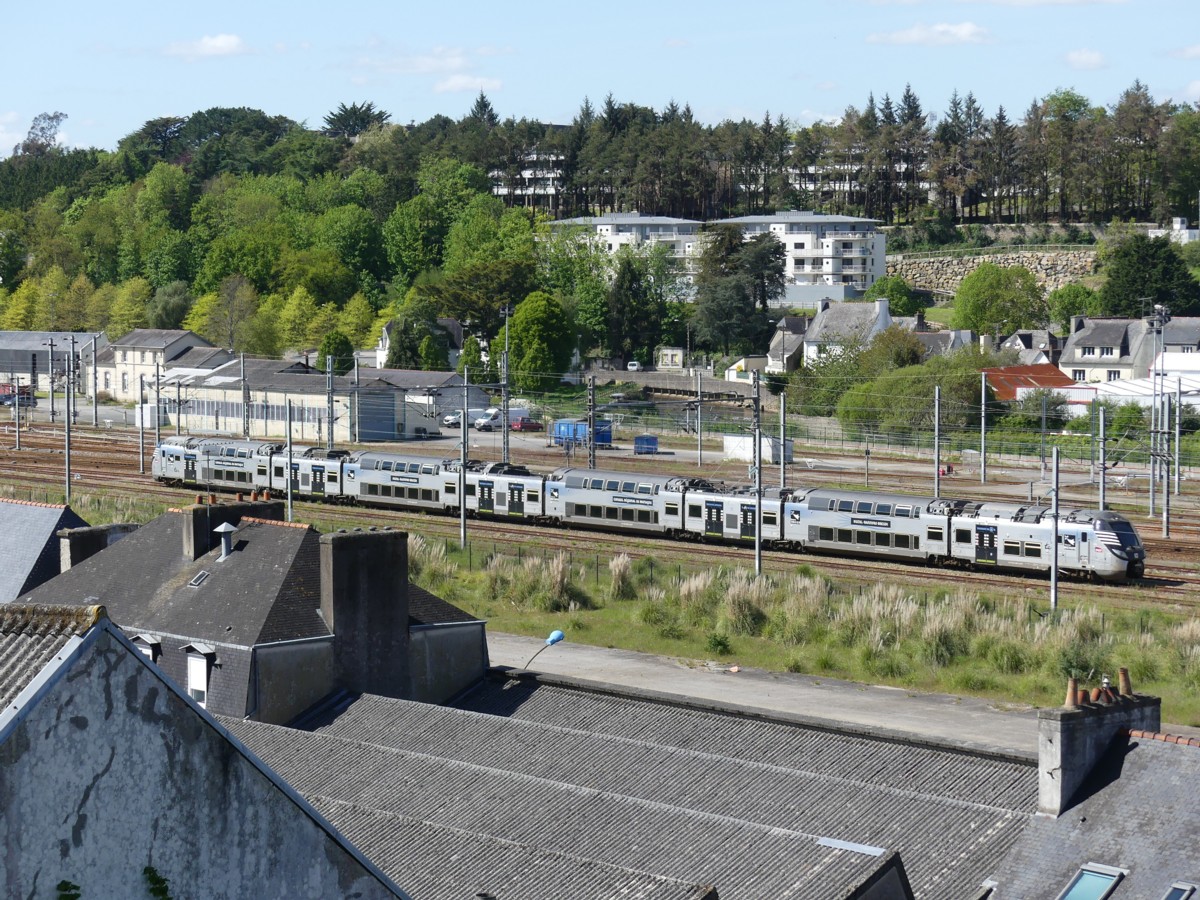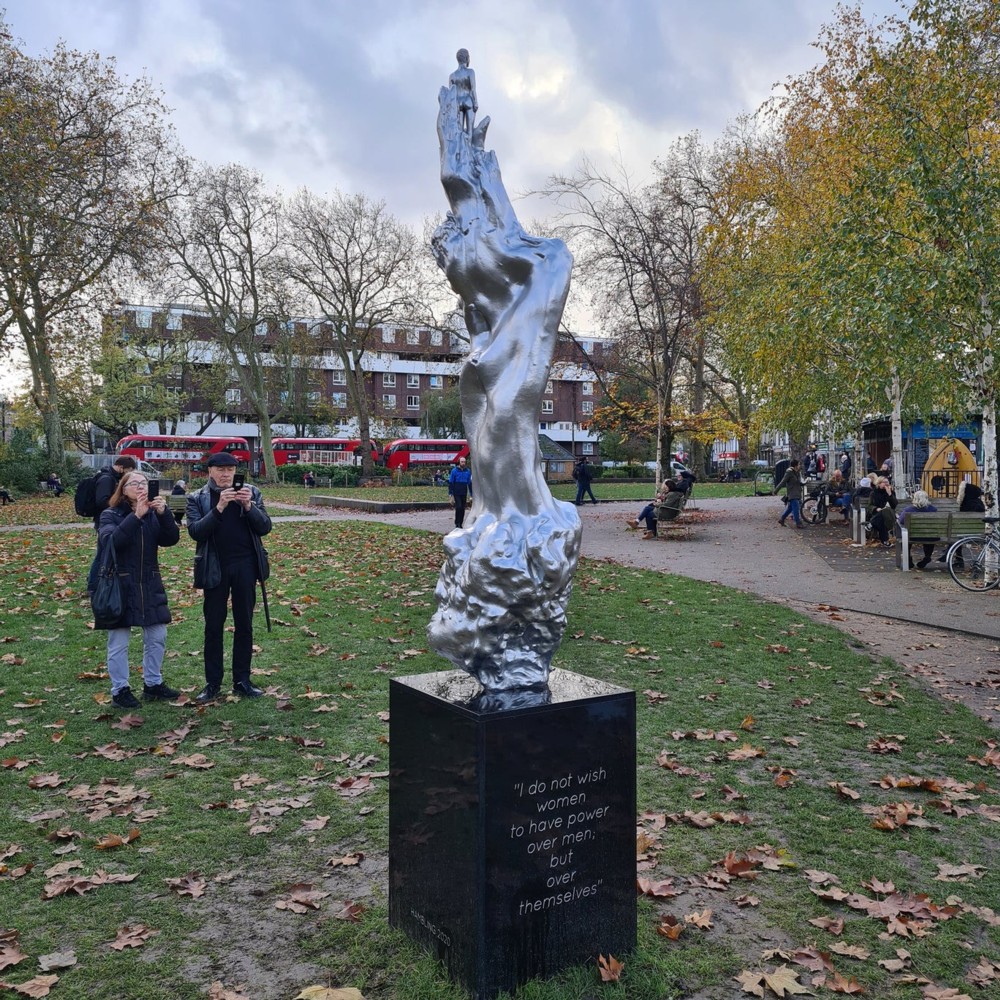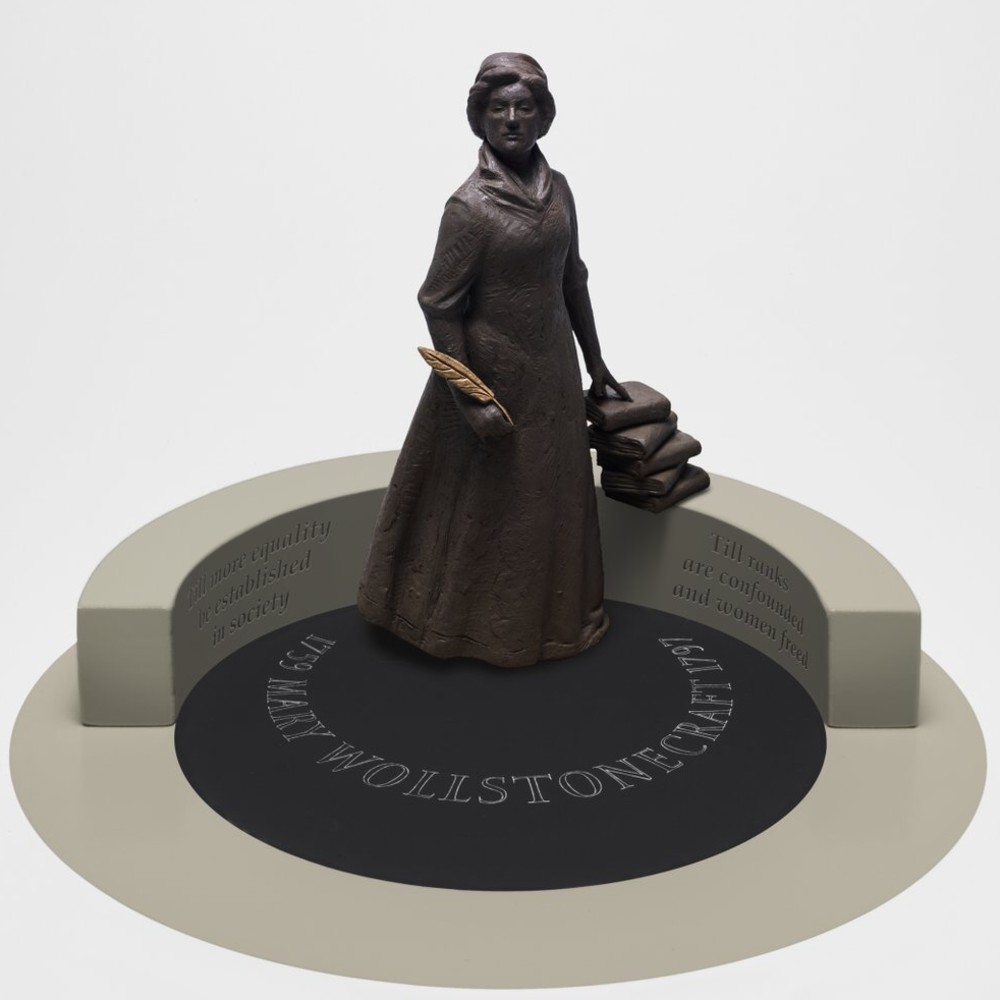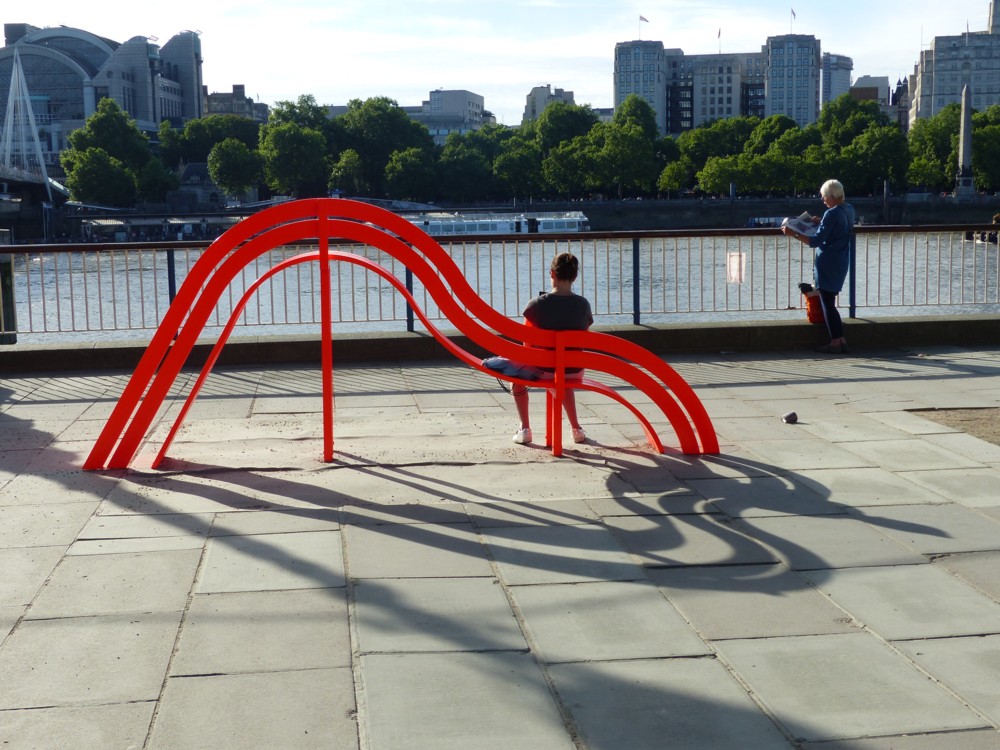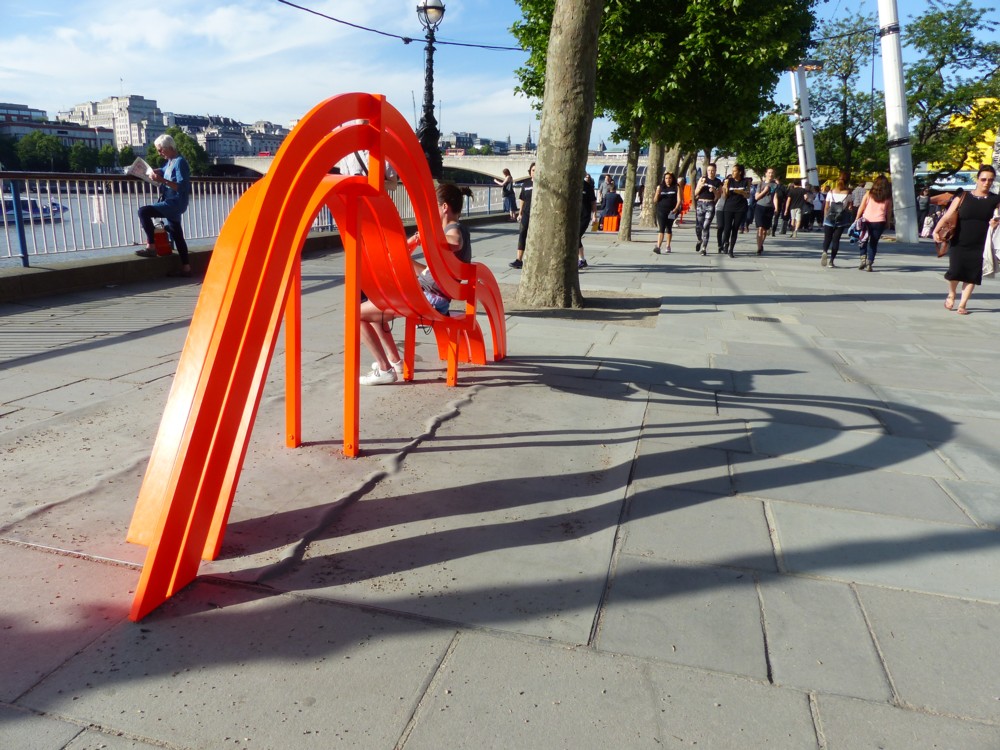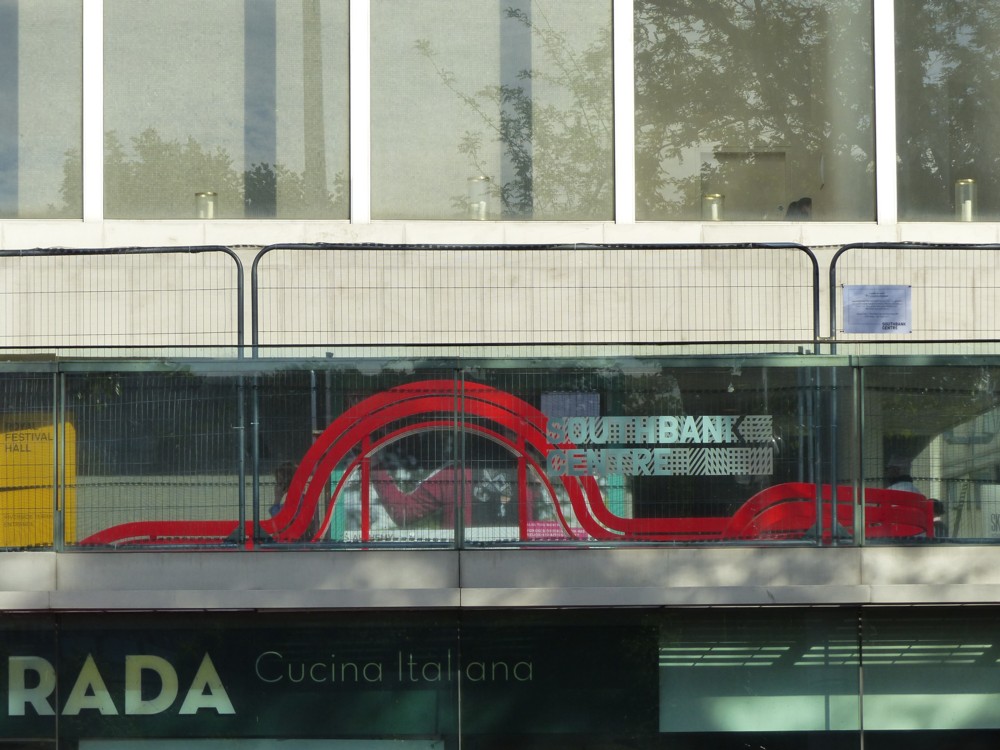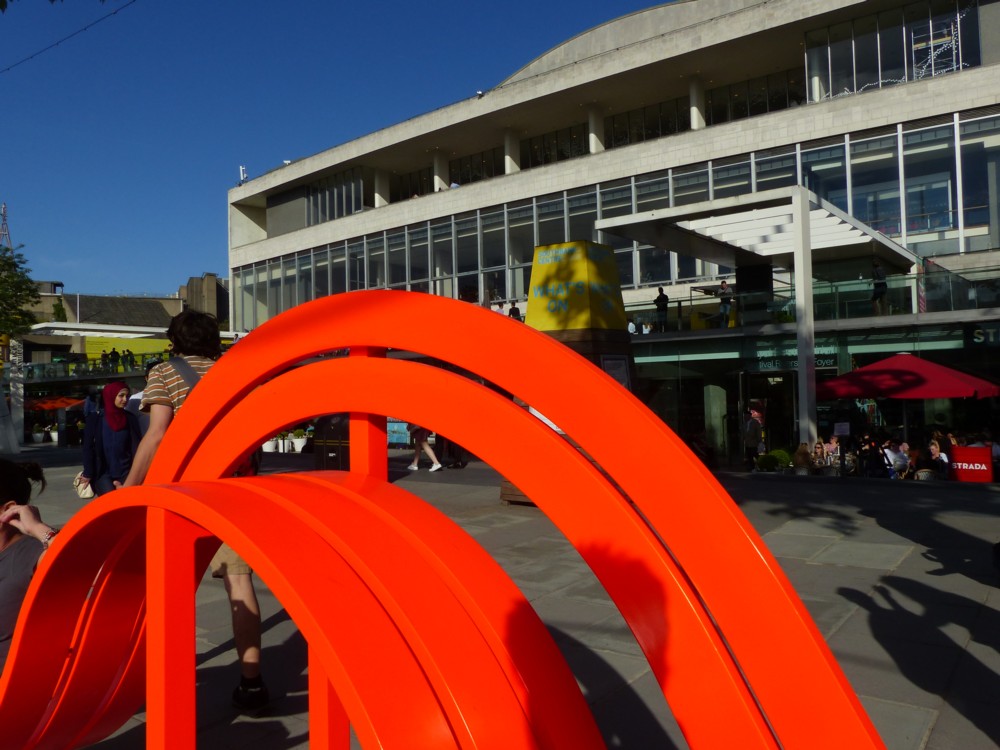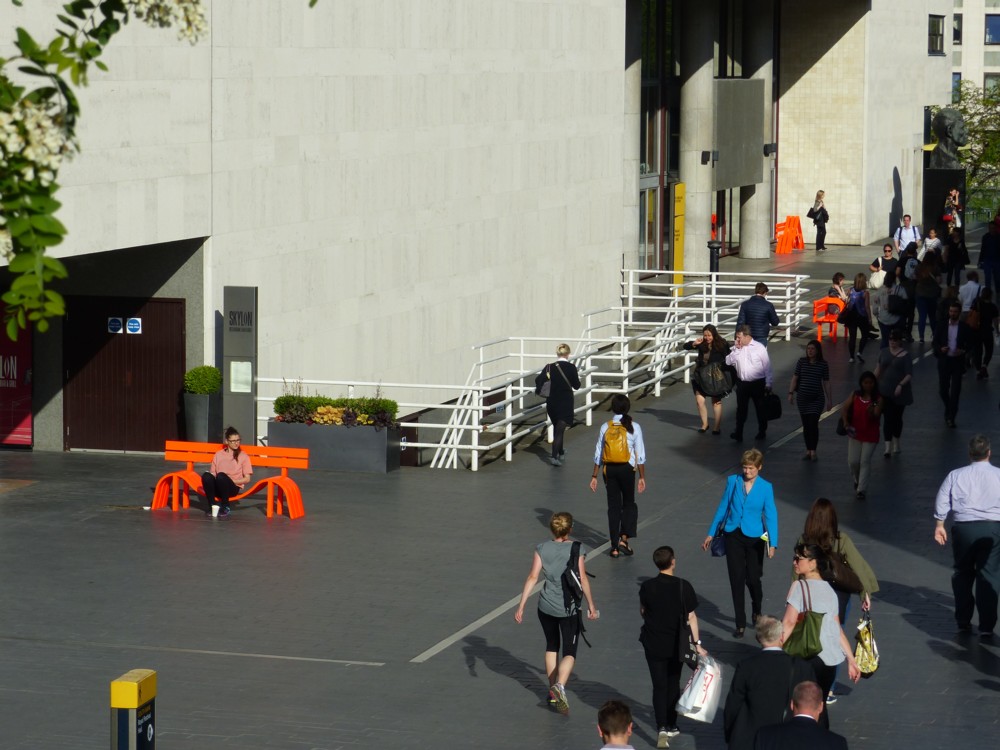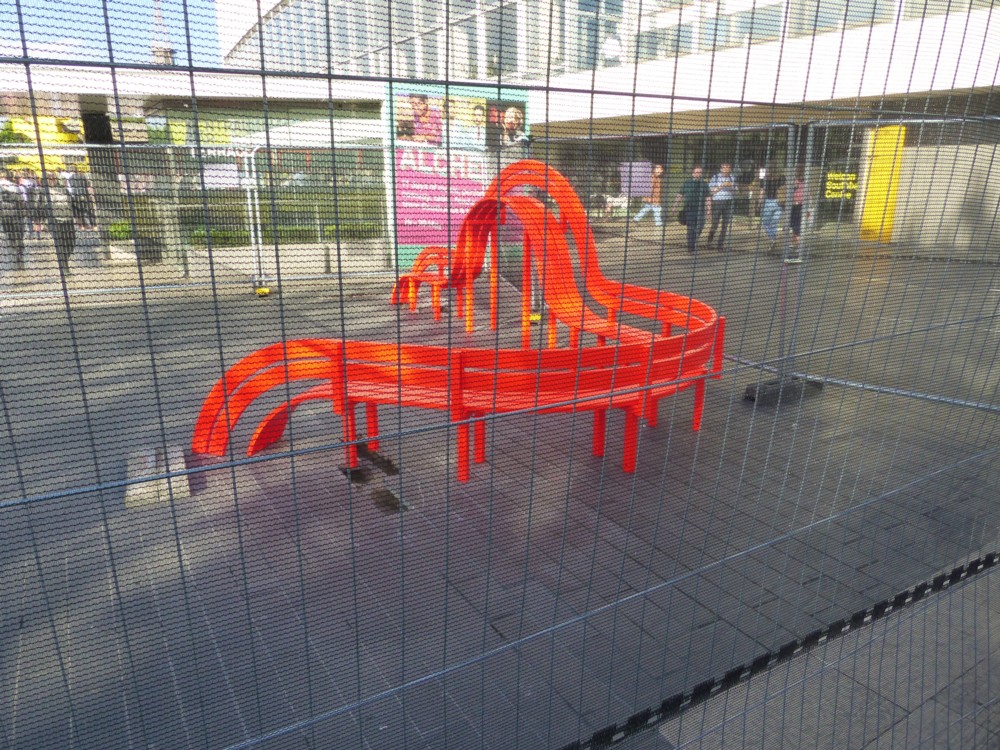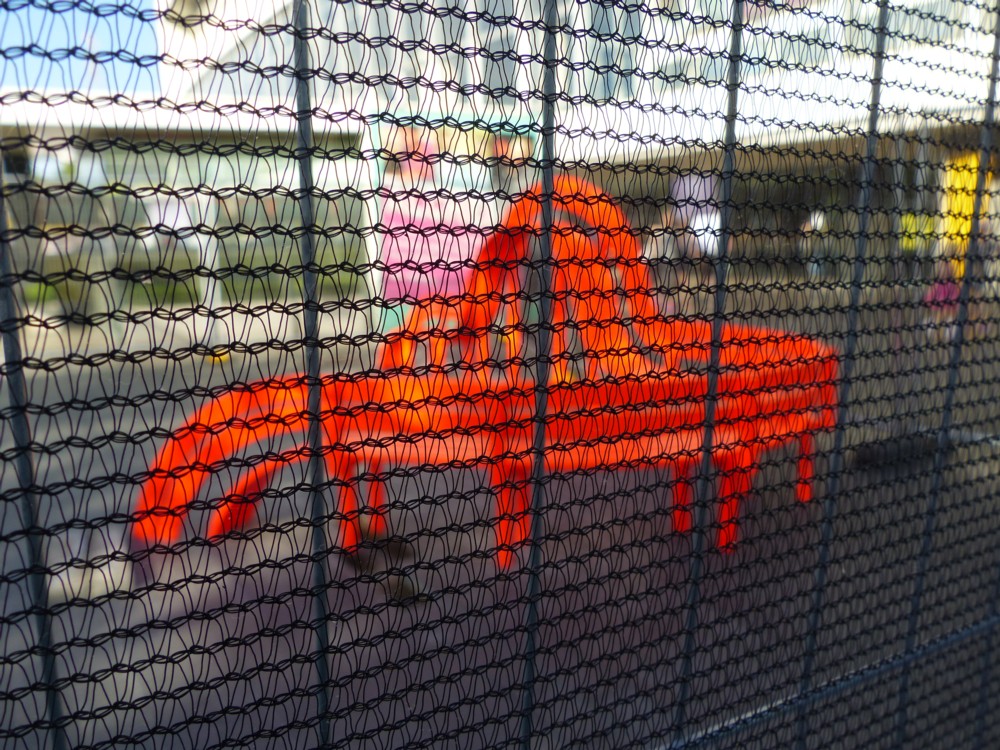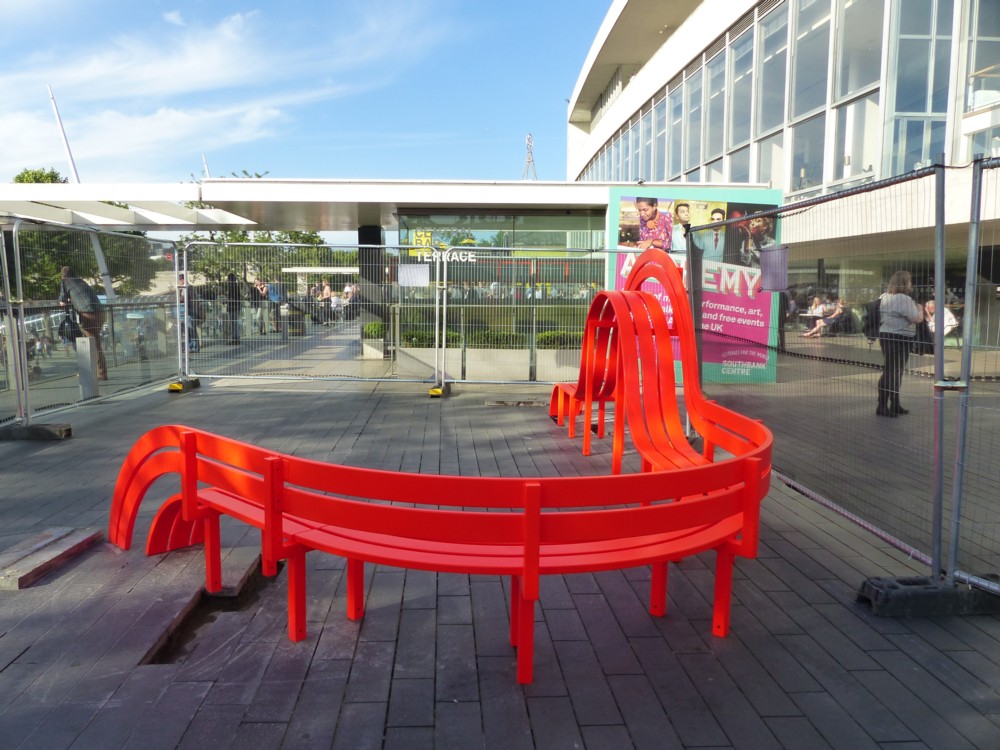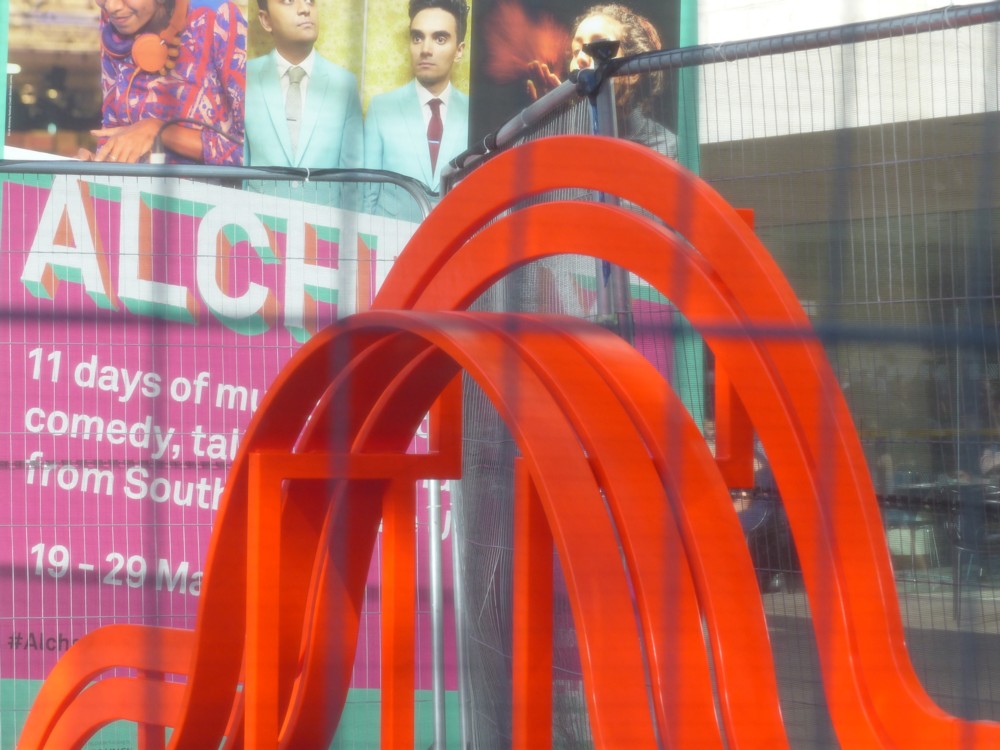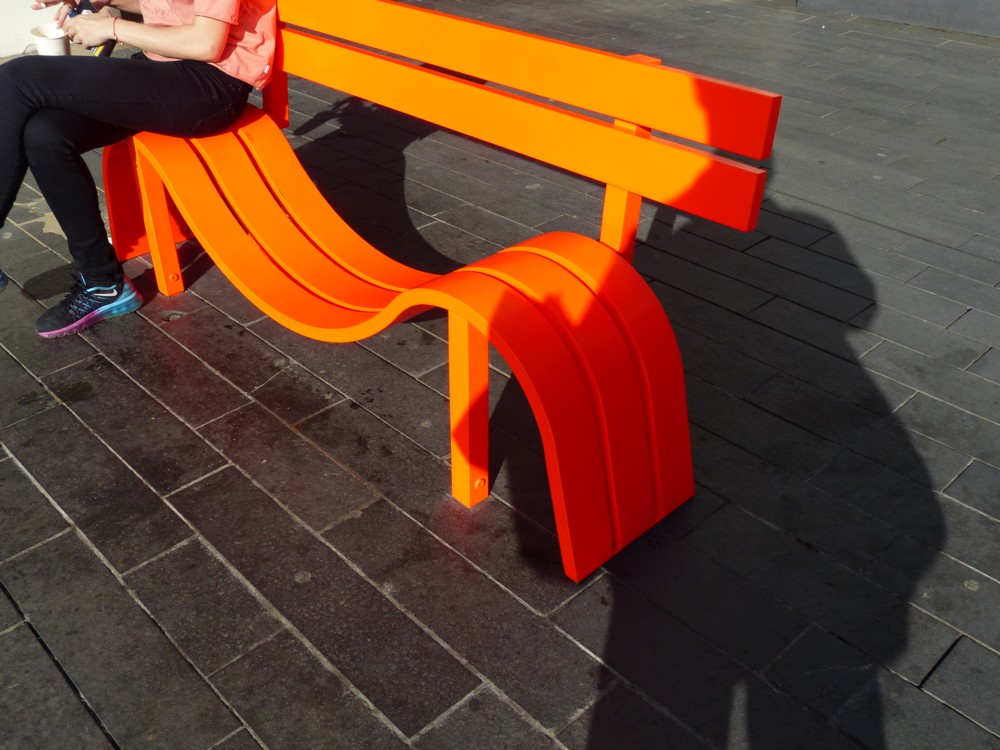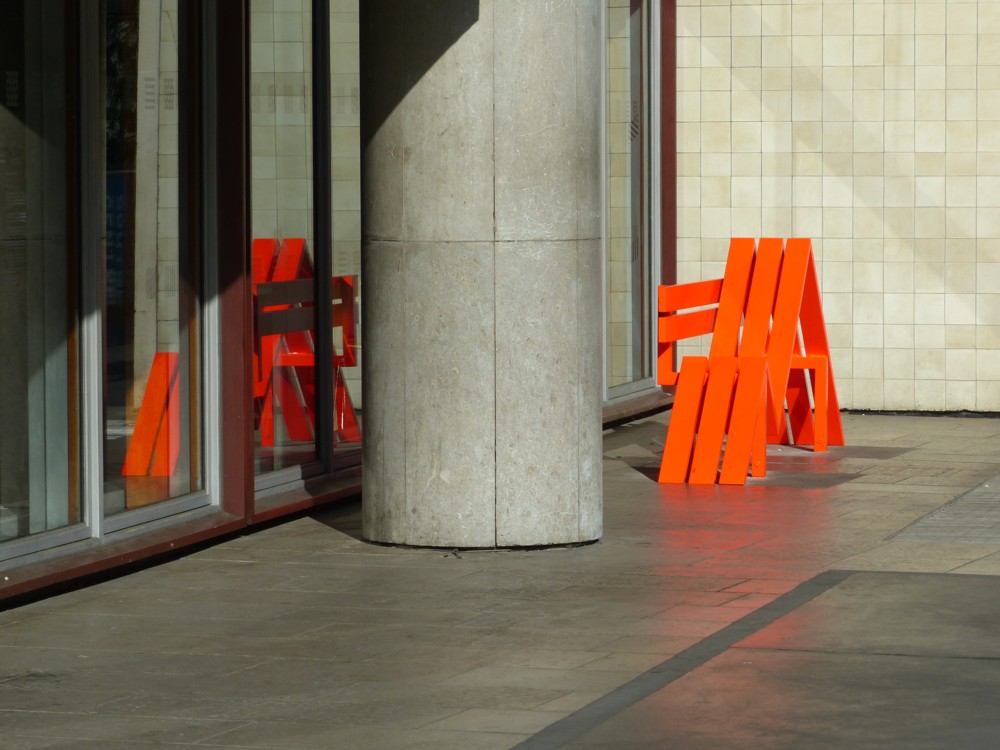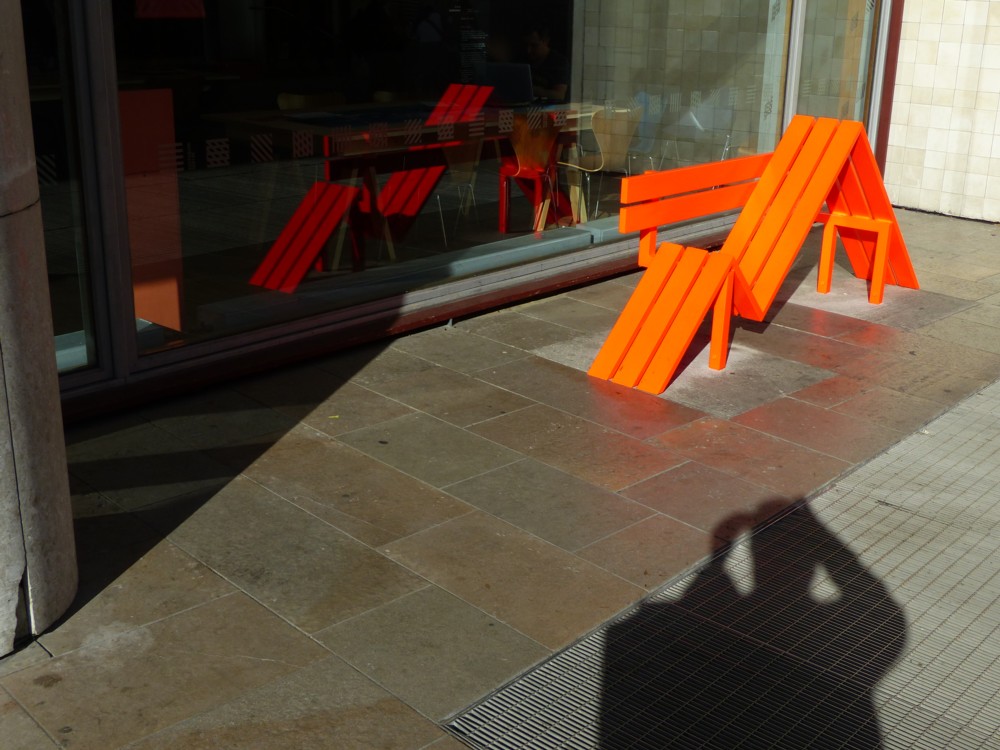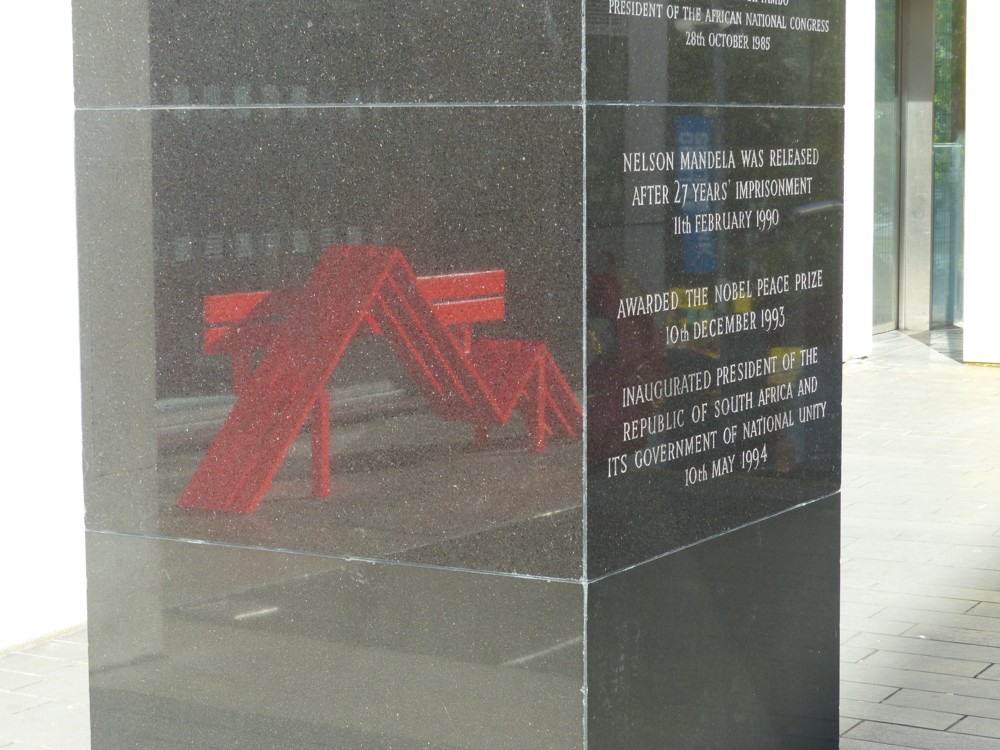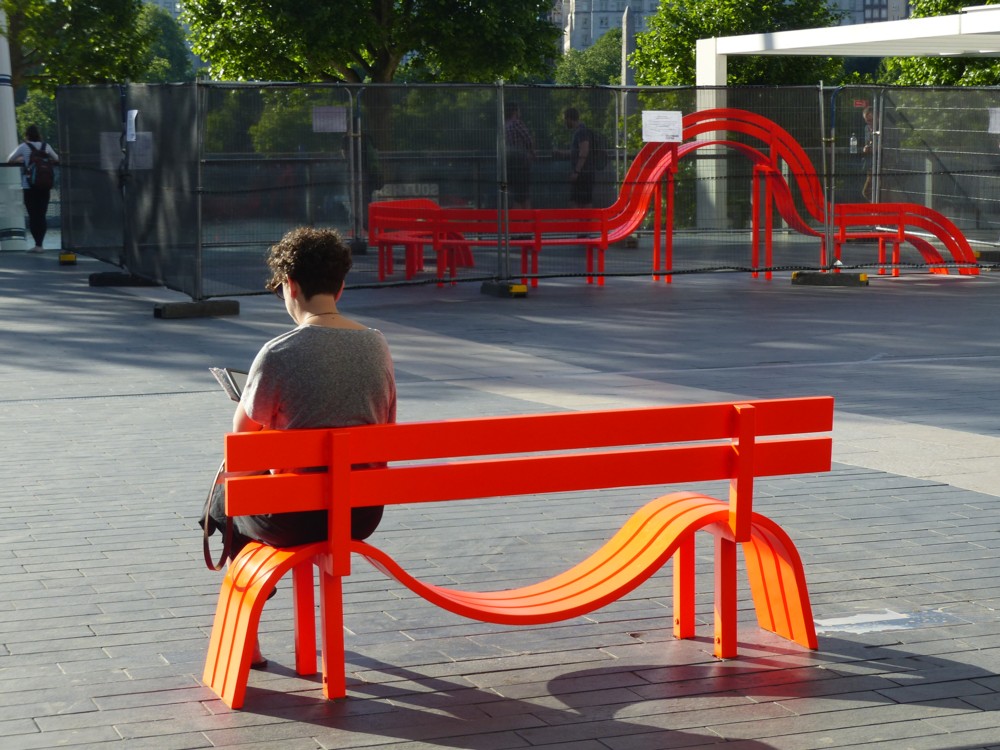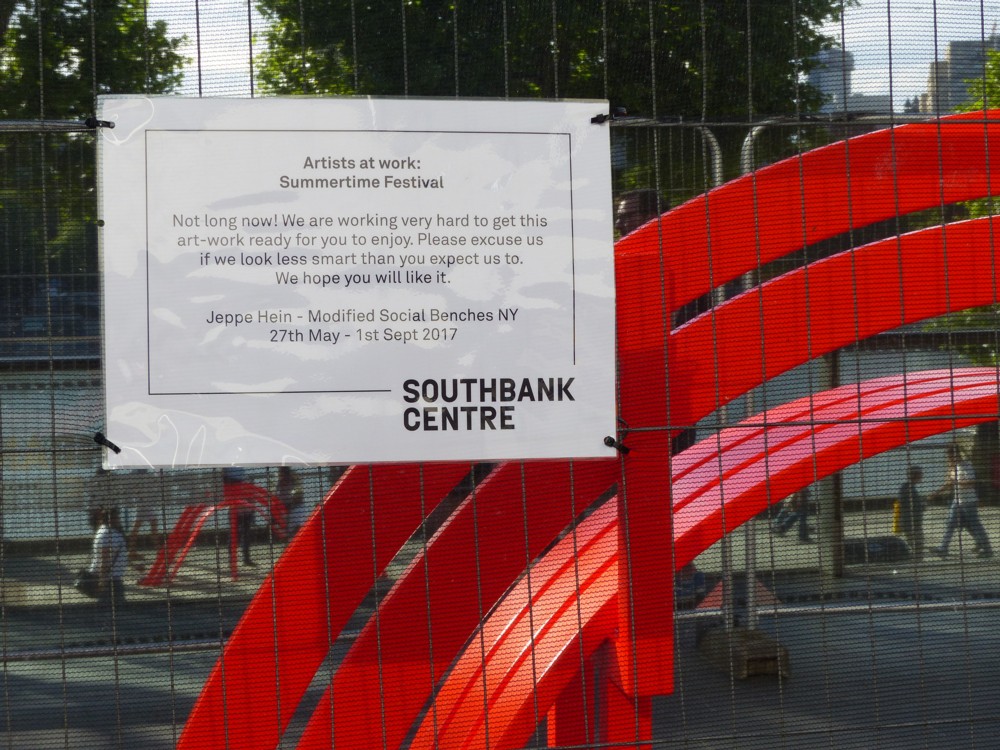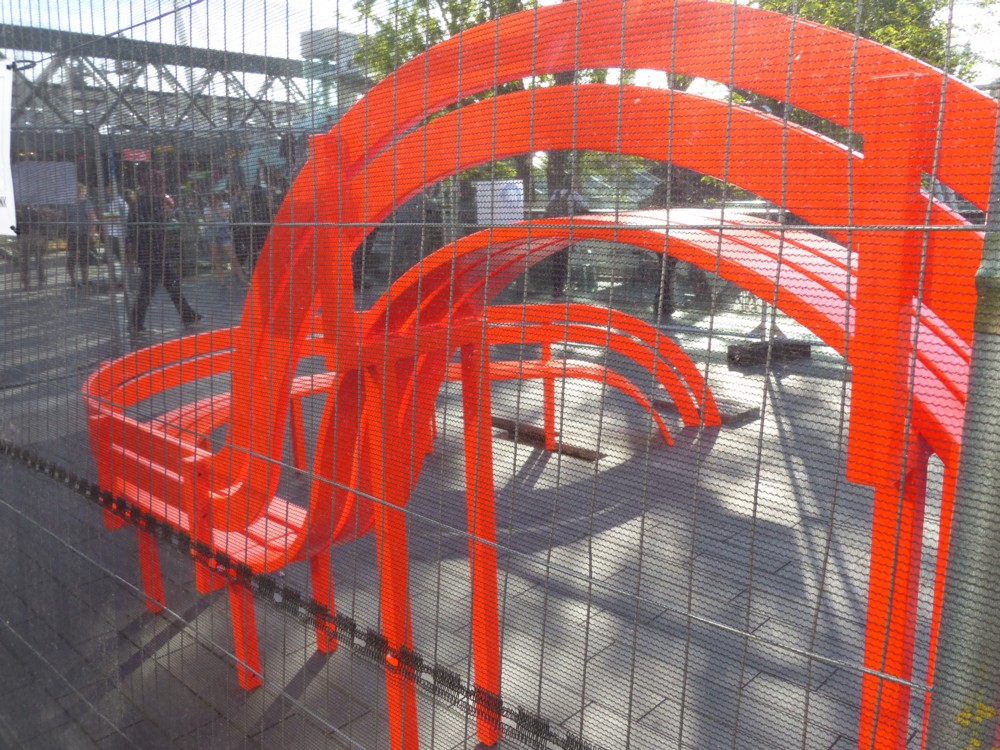I did a posting here a while back about the weather-forecasting for D-Day (June 6th 1944), and also about the weather-forecasting for the day that would have been D-Day (June 19th) if Actual D-Day (June 6th) had been postponed, quoting from this book by Peter Caddick-Adams.
In that posting, I surmised that real D-Day experts would surely be familiar with the tale that Caddick-Adams told, about how, had the forecast weather for June 6th not been good enough, as it so nearly wasn’t, the attempt to do D-Day would have then happened on the 19th, and would have been a catastrophic failure.
Later, it occurred to me to delve into another D-Day book that I also possess, but have also only been dipping into. And on page 216 of D-Day: The Battle For Normandy by Antony Beevor, we read this:
The storm continued until the evening of Thursday, 22 June. The destruction on the beaches defied belief. More ships and materiel had been lost than during the invasion itself. Yet those involved in the planning of D-Day could not help remembering with grateful relief the decision to go ahead taken on 5 June. If the invasion had been postponed for two weeks, as had been feared, the fleet would have sailed into one of the worst storms in Channel history. Eisenhower, after he had seen the damage on the beaches, took the time to write a note to Group Captain Stagg: ‘I thank the gods of war we went when we did.’
Caddick-Adams makes no mention of this note, so score one to Beevor for that.
However, I searched before and after the above passage for any reference to what Beevor says the weather forecast had been for the 19th, and found nothing. Caddick-Adams quotes one of Stagg’s forecasters saying that all the forecasters had in fact forecast, very wrongly indeed, good weather for the 19th. Beevor, unless I am badly mistaken, makes no reference to this later and wrong forecast. He only needed to include about one more sentence to do this, but no such sentence is to be found.
Had the forecasters foreseen the dreadful storms of June 19th-22nd, D-Day (had they been contemplating it then) would surely have been postponed yet again, no matter what inconvenience and frustration that would have caused. But, they did in fact miss this storm, and would have missed it. So it’s a crucial detail.
So, I would say that in this particular engagement between historians, Caddick-Adams edges it.



